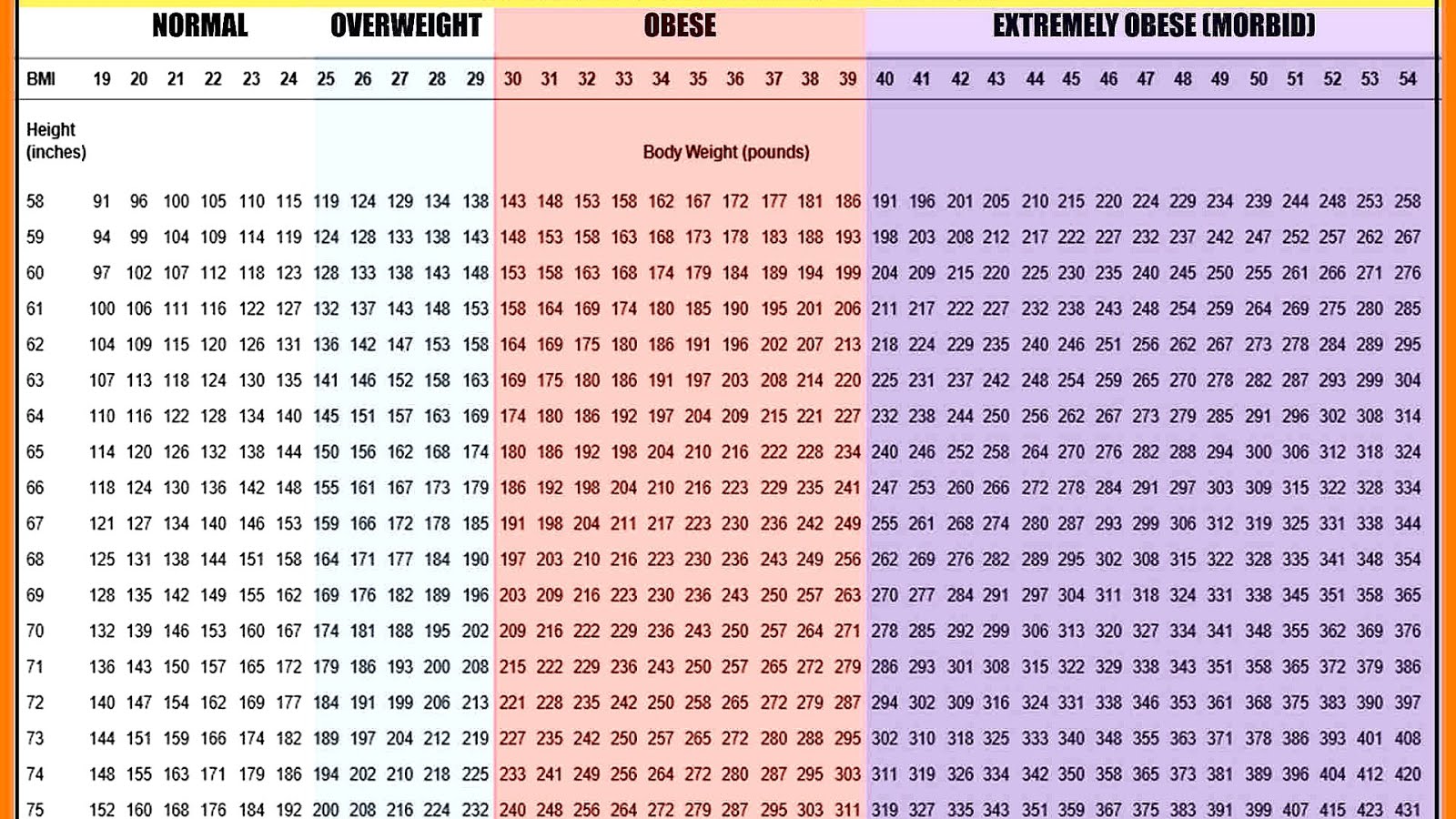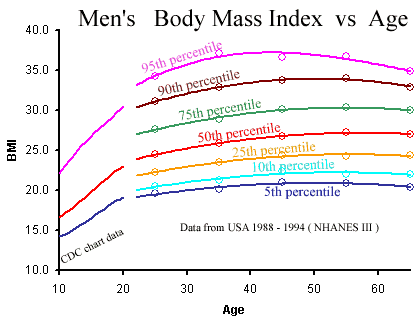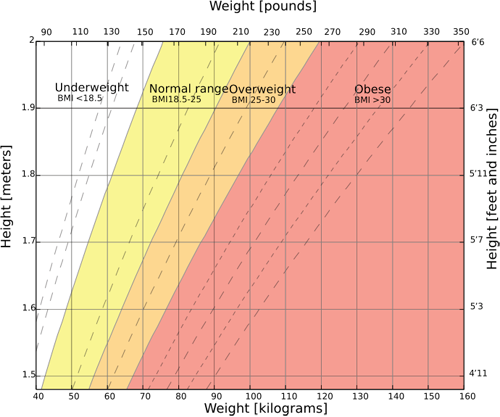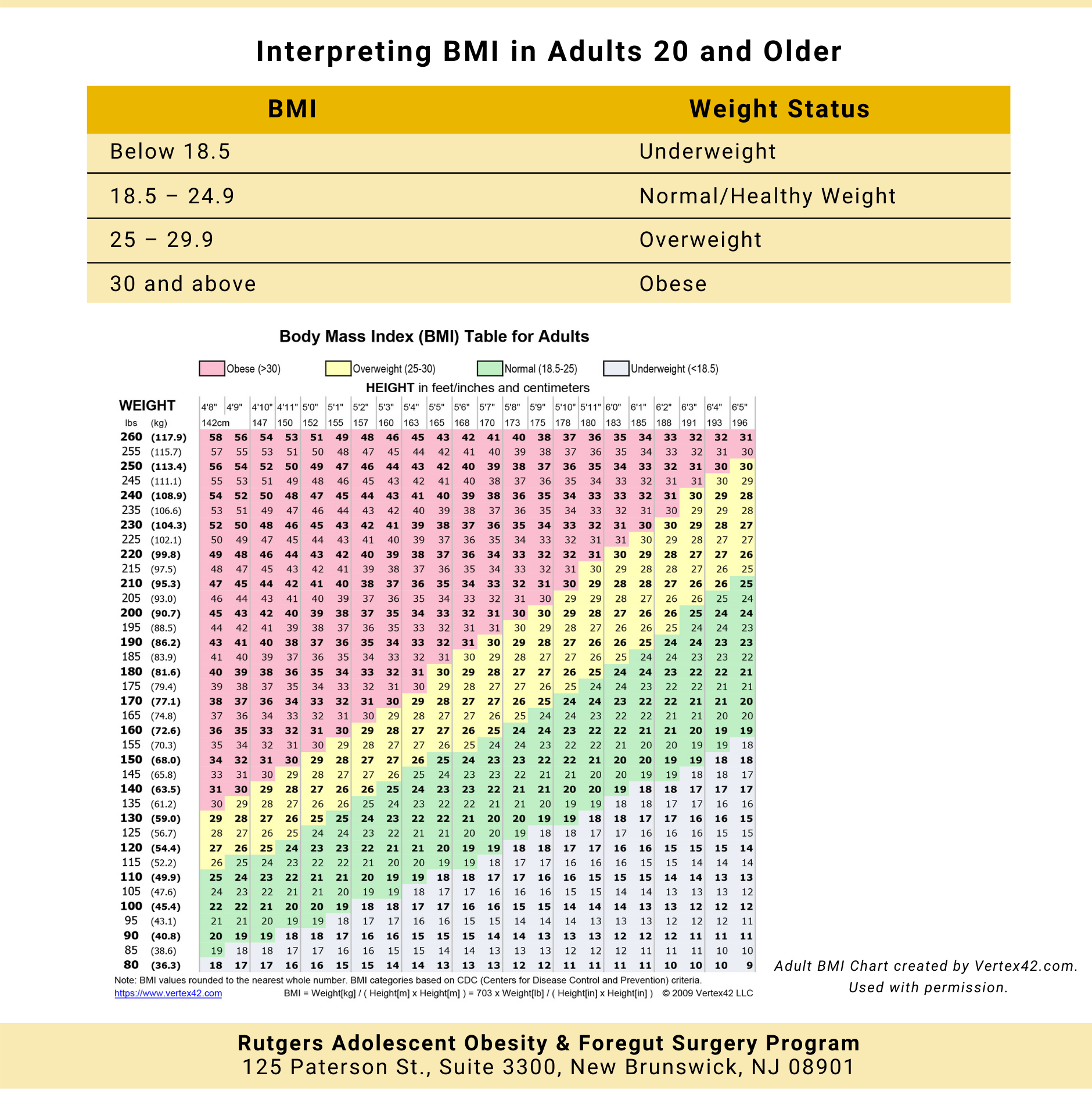
Health is a complex concept, and BMI is only one of many factors to consider. You should never look at BMI alone to determine if you are healthy or to guide healthcare decisions. For example, an inactive older person may have a “healthy” BMI, yet they are not actually healthy since they lack muscle.Ĭonversely, many athletes would be considered overweight based on their BMI because of their greater muscle mass. Your age, muscle mass, body fat, activity level, and sex all influence your BMI and should be considered when assessing your health. BMI is only an estimate, and it does not take those other important factors into account-such as the distribution of muscle, bone mass, and fat.įor adults, BMI lacks accuracy when used on its own because it is a measure of weight, not fat. BMI LimitationsĮven though BMI is a useful indicator of health, it is a very general measure and should be used alongside other assessments to gain a fuller picture of a person’s health. It is important to speak with your doctor if you have an abnormally low BMI so that they can check for other health issues and determine a feasible way for you to start gaining weight. Hormonal imbalances and irregular menstrual cycles in womenīeing underweight can sometimes be a sign of an underlying health condition.Developmental issues in children and teens.Bone weakness and breaks caused by osteoporosis.

Just as there are risks associated with your BMI being too high, there are risks associated with it being too low. Maintaining a healthy BMI should not be interpreted as keeping your BMI as low as possible. If your BMI is higher than you’d like to see, you should work with your doctor to determine if you have any other health issues so you can find a realistic and feasible weight loss plan.

Losing weight is challenging, but it is entirely worth the effort required to increase the quality of life and improve overall health. Keeping your BMI at or below 25 kg/m2 can help you avoid the above risks.


The CDC’s BMI-for-age growth charts take into account these differences and visually show BMI as a percentile ranking. Teens’ and children’s BMI need to be age- and sex-specific, because the amount of body fat changes with age and the amount of body fat differs between boys and girls. Weight (in pounds) /( height ) 2 x 703įor adults 20 and older, BMI is interpreted using standard weight status categories: BMIįor adolescents and children, however, BMI is interpreted differently, even though it is calculated using the same formula. BMI is calculated the same way for adults and children, based on the following formula:


 0 kommentar(er)
0 kommentar(er)
